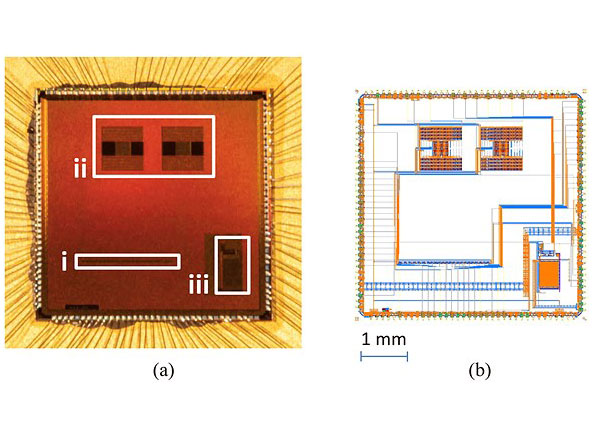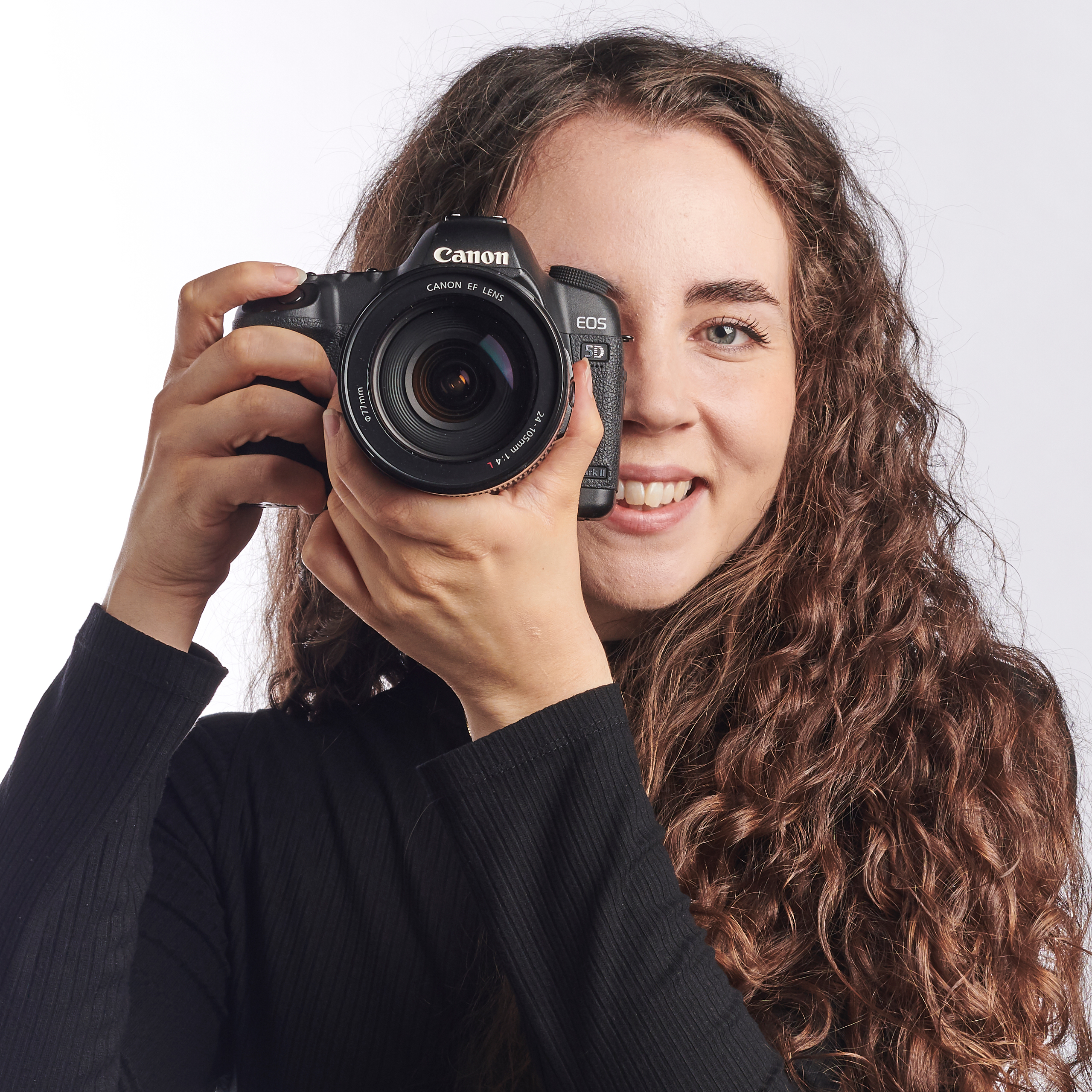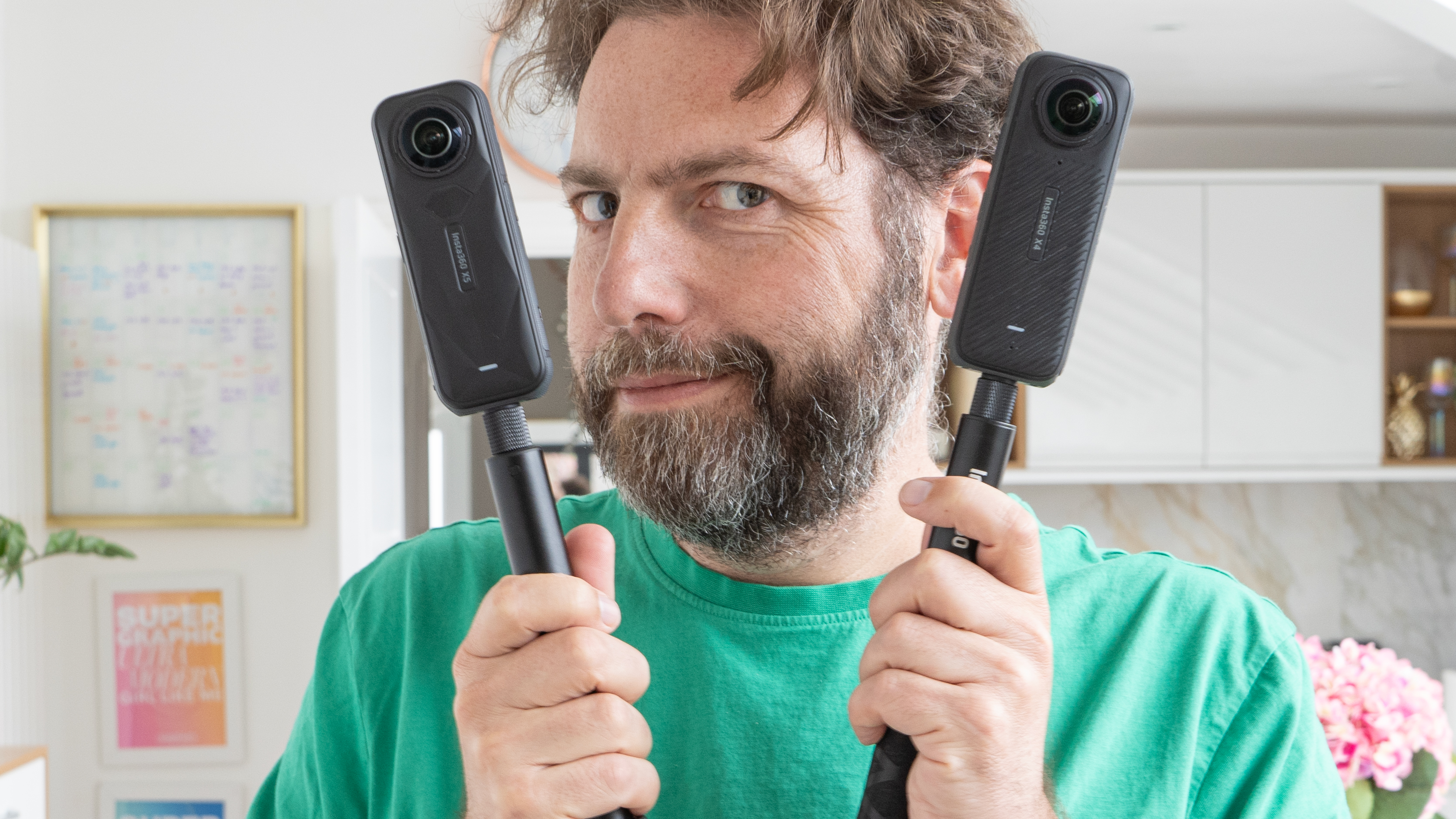Will cameras be better than the human eye? New pixel design says maybe
New technological research could lead to massively increased dynamic range and amazing highlight detail

No matter how many technological breakthroughs the humble camera experiences, we can never seem to get away from the old adage 'the human eye is more advanced than any camera'. And this is clearly true - no camera can deal with exposure and focus in the way the human eye can. However, German researchers have apparently developed a pixel design that has the potential to hugely increase dynamic range, which could ultimately lead to even more camera technology advancements.
Dynamic range is one of the major areas that camera manufacturers have been working on. It's essentially the amount of shadow and highlight detail that a photo is able to capture. Even though an image might not initially seem to have captured a wide range of detail, cameras with decent dynamic range will allow you to extract this information from the RAW file. Generally, the better dynamic range a camera has, the more information you'll be able to capture.
• Read more: Best mirrorless camera
A human can sit in a shaded room, gaze out of a window into a bright, sunny scene and be able to see it all without any over or under exposure. However, the average camera will struggle to achieve this without some serious in-camera processing. In particular, cameras with small sensors, such as camera phones, don't tend to have very good dynamic range. This is why you would be careful about shooting a backlit portrait on an iPhone (although, admittedly, smartphone in-camera processing has become astonishingly good in recent years).

However, the new pixel design developed by German researchers isn't limited by the point at which it saturates, which means that it can continue to capture highlight data when other sensors would become overwhelmed. As reported by DP Review, the 'self-resetting pixel' doesn't 'clip' when it becomes saturated like conventional CMOS chips. Instead, it resets and has a circuit that counts how many times it had to reset during the exposure.
This would mean that you could focus your attention on capturing shadow and mid-tone subject perfectly, without having to worry about blown out highlights. This could revolutionize photography and make certain photographic situations, such as mid-day sun and harsh shadows, much less difficult to work with.
However, before you get too excited, this research is primarily focused on video for industrial applications and is still in its early stages. We're unlikely to see this technology in consumer cameras for quite a few years - if ever at all.
Get the Digital Camera World Newsletter
The best camera deals, reviews, product advice, and unmissable photography news, direct to your inbox!
As for whether cameras will one day surpass the human eye? Well, at the rate camera technology is progressing, we wouldn't be surprised if this happens one day. And this new pixel design might just help…
Read more
Best camera for beginners in 2019: we help you choose the right camera
Best Nikon camera in 2019: Nikon DSLRs, mirrorless and compact cameras
Best camera for portraits in 2019: cameras and lenses perfect for portraits
With over a decade of photographic experience, Louise arms Digital Camera World with a wealth of knowledge on photographic technique and know-how – something at which she is so adept that she's delivered workshops for the likes of ITV and Sue Ryder. Louise also brings years of experience as both a web and print journalist, having served as features editor for Practical Photography magazine and contributing photography tutorials and camera analysis to titles including Digital Camera Magazine and Digital Photographer. Louise currently shoots with the Fujifilm X-T200 and the Nikon D800, capturing self-portraits and still life images, and is DCW's ecommerce editor, meaning that she knows good camera, lens and laptop deals when she sees them.

